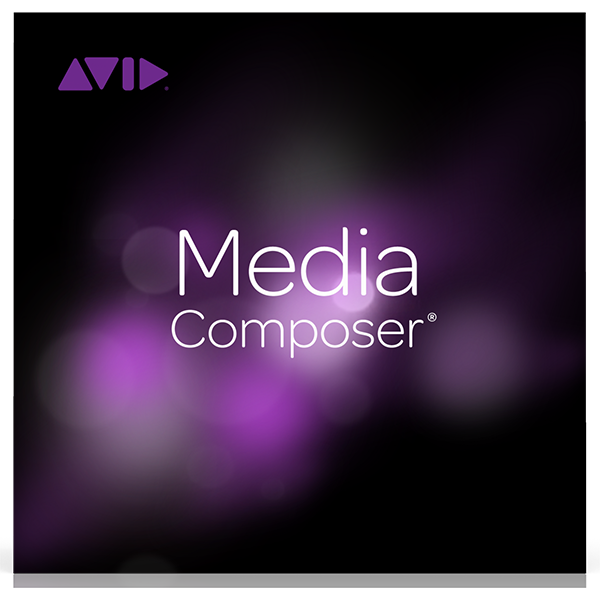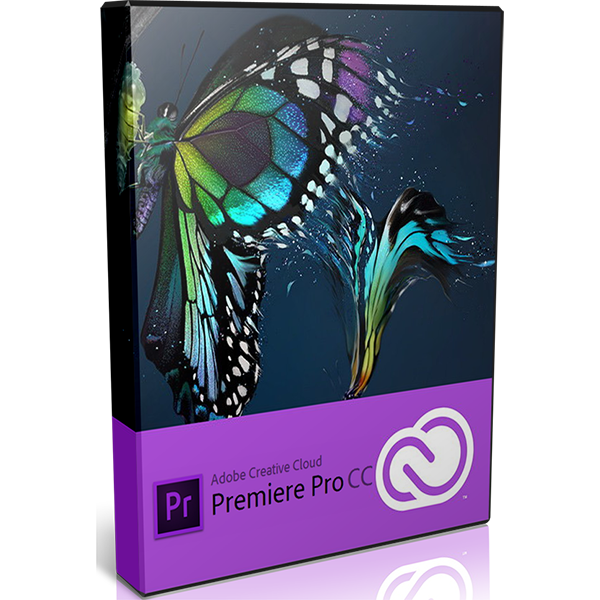A Guide To Professional Video Editing Software
You've read through our analysis of free and low-cost video editing suites. Now it's time to take a look at the industry's heavy-hitters: Avid, Adobe, Apple, EditShare, Sony and Grass Valley. Is there a best? That all depends on what you're trying to do.
A Guide to Professional Video Editing Software
Video Editing Software Buyer's Guide:
- Video Editing Hardware: What You’ll Need To Get Started
- A Guide To Free Video Editing Software
- A Guide To Inexpensive Video Editing Software
- A Guide To Professional Video Editing Software
Ready for the big-bucks big time?
There’s no way, in a single article, to fairly describe or compare the depth and breadth of these powerful, professional appliances. And, of course, each of you is coming at this exercise from differing needs and goals. So, I’ll vector toward striking the high points – and singing the sour notes – of each toolkit in an abbreviated effort to give you a sense of their flavors. That, at least, will save you some time when you embark upon your own deep diving expeditions…
Shodan Edit Ninja — Advanced Video Editing Software
The quanta will now leap. You aren’t satisfied with the features of basic editing packages. You want professional results. You need advanced utensils. May I assume that you’re intending to make serious money with them?
Caution: it’s one thing to work on your own projects at you own pace, but quite another to service the needs of clients. Your customers will want all three sides of the creative triangle: Fine Quality/High Speed/Low Cost. You’re going to have to learn to fly on your NLE. And it has to be good enough to keep you aloft.
You may need to bump your hardware up too. Pop over to our recommended hardware configurations to see how much horsepower you’ll require. Check out the hardware discussion in our Video Editing: what Do You Need? Part 1.
Get an even bigger disk. You may be working on longer form shows, a gravitational effect of convergence/democratization. Some “pro-sumer” price-point cameras are spitting out true 4K video now.
Learn to love RAID arrays. It merely sucks when you lose a week of work on your personal project. It’s a total catastrophe if you blow up a client’s job. And if you need to keep projects for later revision, you must have a media management strategy. This is the least fun—but most necessary—part of high-end editing.
Get Tom's Hardware's best news and in-depth reviews, straight to your inbox.
Consider doubling up on your GPU. Maybe the most fun of having a capable editor driving a powerful platform is dropping in high-end visual effects plug-ins like those from BorisFx. Or get your kicks “round-tripping” elements out to a parallel universe of specialty tools as one can on Planet Adobe between Premiere Pro, After Effects, Photoshop and Illustrator.
Professional video tools and ever-faster processors confer great creative power. We can do wonders on our own, in seclusion, like monks masterfully illuminating a manuscript.
But something has gotten lost on the way to the edit room in this last decade: the producer in the room. Several of my broadcast editor-friends complain of the growing gap between the editor and the show; a physical and psychic disconnect from the other creative trades on projects. Written in our DNA, a time when we used to invent, share, embellish and, yes, edit stories around the fire. As recently as the turn of the 21st century, we huddled like a family in an edit suite. Now, we DropBox low-res reference cuts to tiny phone screens to wait for notes and approvals from distracted clients. No real-time creative interaction.
Current page: A Guide to Professional Video Editing Software
Next Page Avid Media Composer-
Spoogemonkey The absolute worst article on Tom's I've ever seen. Horribly overwritten and full of useless, embarrassing dribble. Pathetic.Reply -
randomstranger9 Commenting commentary... who are the commentariat who could comment on comments? A commenter!Reply
See how annoying this kind of writing is? -
HormusPeston I loved this article. I've been editing since the days when tape was pre-striped and when "hit record" required a mental countdown during pre-roll. Like most professional editors, I can edit on pretty much any system that you throw at me. Placing the playhead where you want it and knowing the equivalents of XCVB and match-frame gets 90% of the job done. IOJKL is standard -- the Avid standard. I remember the older FinalCut versions had absolutely idiotic shortcuts -- I think D was mapped to "Duplicate clip" or something silly...Reply
Cutting on the Avid is like being married: she grows on you and nothing else feels right. I've flirted with X, with Premiere CS6 and many others Incite, Edius, Media 100 but I still love my Avid. I carry my settings and jog shuttle with me.
I grinned broadly at the author's comparison of Lightworks to a flatbed! Of course it is! This is the only review I have read that distinguished between a young editor willing to learn new software and an old dog.
Thank you.
-
beetlejuicegr New way of writing an article i have to admit. I guess the writer wanted to show the creational side of it, unlike the tools making you "send a low res pic on a small mobile screen to get the ok" as he says somewhereReply
Well sure after thousands of montage you will feel that way. -
joe_newbuilder Each of these softwares targets a different market segment and has different requirements. Some software no matter how great has no traction in that market. It is pretty important to be using the tools that others in your industry expect.Reply
It is really important to see how these programs work with finishing tools. You really should use an editing program to do effects and color work because most of the time it limits the ability of professionals to collaborate using much higher quality tools geared to those tasks.
As far as markets I have seen Avid, Final Cut and Premiere used in feature motion pictures. Projects are commonly shared between parts of production. So the editors who are doing all the logging and tagging of performances may not be doing the final cuts of the work. Each platform as a way of exporting tagging and conforming media so that when you move from one system to another each person can know they are looking at the correct clips.
For episodic television Avid is all I see. The incredibly short schedules for TV pretty much live on the sharing infrastructure setup between AVID stations.
That is also market dependent, I have seen European shows edited on Quantel.
Unless you are big enough to make your own way, or so small you won't work with anyone else it's important to use what others in your field use


